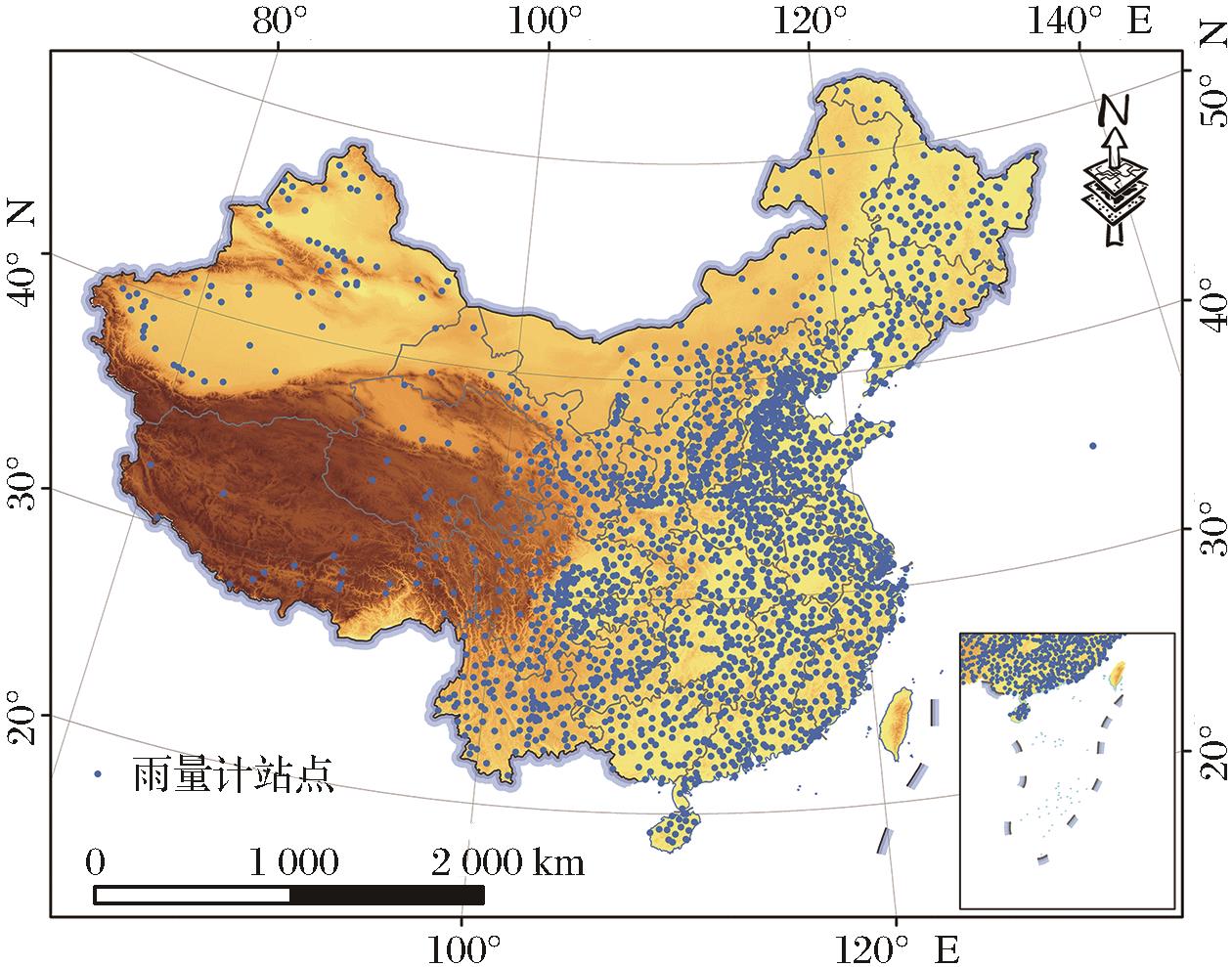Mengyuan CUI, Dabin JI, Li JIA, Chaolei ZHENG, Weiguo JIANG. Research on a Real-time Precipitation Recognition Method based on Geostationary Satellite Observation Data[J]. Remote Sensing Technology and Application, 2024, 39(4): 1000
Search by keywords or author
- Remote Sensing Technology and Application
- Vol. 39, Issue 4, 1000 (2024)
Note: This section is automatically generated by AI . The website and platform operators shall not be liable for any commercial or legal consequences arising from your use of AI generated content on this website. Please be aware of this.
Abstract

Set citation alerts for the article
Please enter your email address


 AI Video Guide
AI Video Guide  AI Picture Guide
AI Picture Guide AI One Sentence
AI One Sentence


